Weird Universe Blog — June 16, 2020
The drift pattern of Nike shoes
In May 1990, five shipping containers holding approximately 80,000 pairs of Nike shoes fell off a freighter during a storm in the North Pacific. About 200 days later, some of these shoes began to wash up on beaches from Canada down to Oregon.But as beachcombers collected and compared the shoes, they noticed something odd. On beaches up north, in Canada and Washington, almost all the shoes were right-footed; whereas further south in Oregon, most of the shoes were left-footed.
Skye Moody explains why this was so in her book Washed Up: The Curious Journeys of Flotsam and Jetsam:

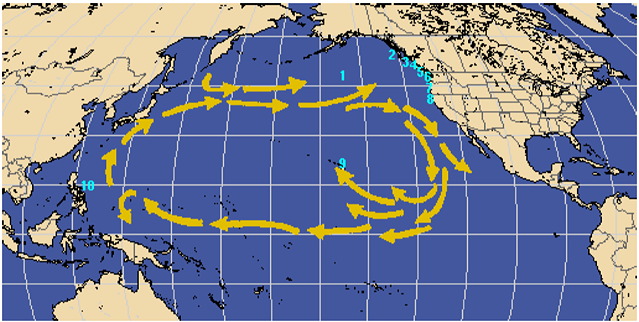
Drift pattern of Nike shoes
image source: The Nike Shoe Investigation
Oceanographer Curtis Ebbesmeyer co-authored an academic paper about the 1990 shoe spill ("Shoe spill in the North Pacific" -- unfortunately behind a paywall). It also inspired him to start studying other ocean flotsam, such as rubber duckies, as a way to gain info about currents. He calls this study 'flotsametrics'. He also occasionally puts out a Beachcombers' Alert Newsletter.
Posted By: Alex - Tue Jun 16, 2020 -
Comments (0)
Category: Science | Shoes | 1990s
What a Country!
This is a show that could bring the nation together again.Wikipedia page.
Posted By: Paul - Tue Jun 16, 2020 -
Comments (0)
Category: Education | Stereotypes and Cliches | Television | Foreign Customs | 1980s
June 15, 2020
Reusing Old Graves
Prompted by a concern that British cemeteries were running out of space, Professor Douglas Davies was commissioned to research public attitudes about reusing graves. The result was his book Reusing Old Graves, which became the 1995 winner of the Diagram Prize for oddest title of the year.More info from a review in the Ecclesiastical Law Journal:
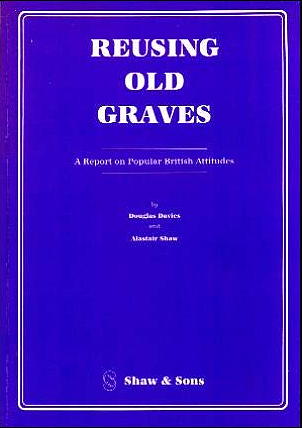
Posted By: Alex - Mon Jun 15, 2020 -
Comments (2)
Category: Death | Books
Making Mercury Thermometers
The COVID pandemic has certainly made thermometers part of everyday discourse. Once upon a time, the mercury-filled instrument was the only home-friendly device available. I was not even sure you could buy one these days, but Amazon sells several "liquid-filled" devices. Here is some info from the vendor at the Amazon link.

Posted By: Paul - Mon Jun 15, 2020 -
Comments (3)
Category: Body | Diseases | Health | Technology | Twentieth Century
June 14, 2020
Man-Catching Tank
Stanley Valinski's "man-catching tank," for which he received a patent in 1921 (#1,392,095), looked a bit like a dalek prototype.He imagined it would be used in banks for catching and holding burglars. It consisted of an armored watchbox concealing an armed watchman who could peer out through peep holes. The entire device moved on electric-driven wheels, which the watchman could steer. Upon spotting a burglar, he would maneuver the tank into position and then grasp the criminal with six enormous steel claws attached to the side of the machine.
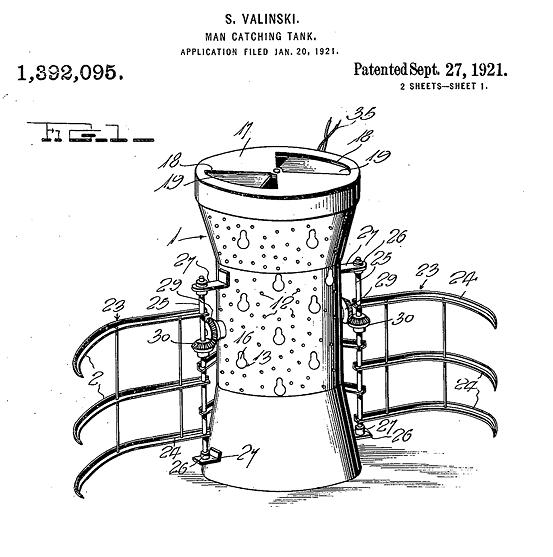
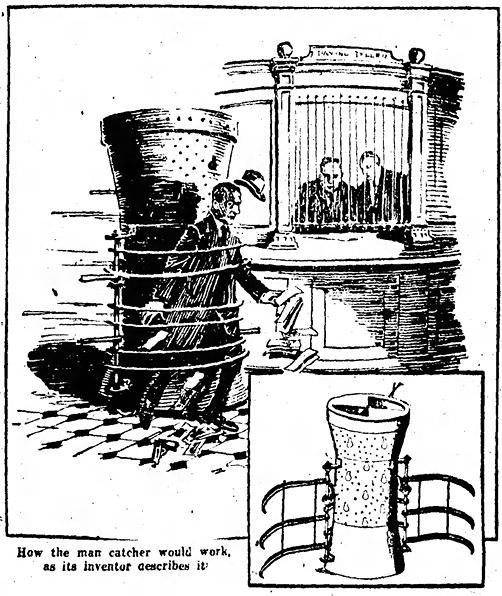
Wichita Daily Times - Dec 18, 1921
Posted By: Alex - Sun Jun 14, 2020 -
Comments (0)
Category: Crime | Inventions | 1920s
Fresh Air Vending Machine
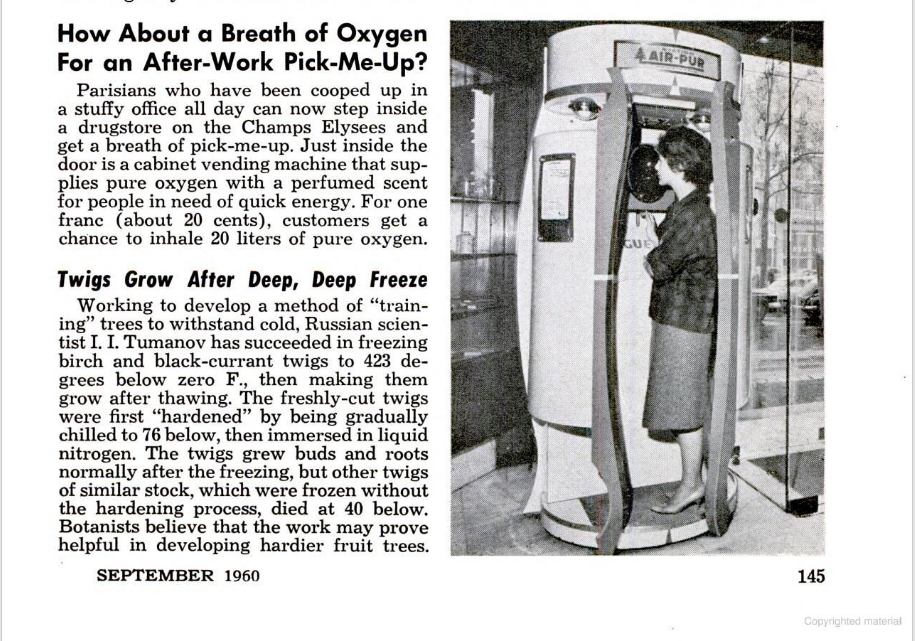
Source.
Posted By: Paul - Sun Jun 14, 2020 -
Comments (5)
Category: Frauds, Cons and Scams | Technology | 1960s
June 13, 2020
Krinkles the Clown
Clown mascot of Post's Sugar Krinkles cereal during the 1950s.
source: Mr. Breakfast
Posted By: Alex - Sat Jun 13, 2020 -
Comments (2)
Category: Cereal | 1950s
Acugenics
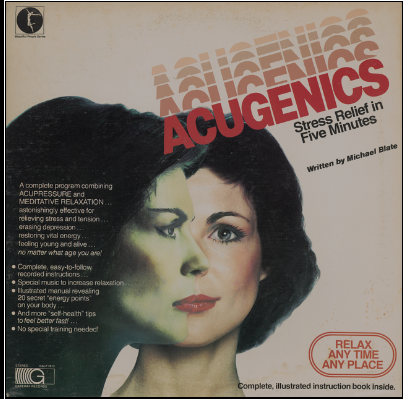
Learn how to acugenics yourself here.
Posted By: Paul - Sat Jun 13, 2020 -
Comments (0)
Category: Self-help Schemes | 1980s
June 12, 2020
The man whom bullets bounced off of
In 1976, King Dixon of Miami was shot five times at close range in the head during a bar fight. Not a single bullet penetrated his skull. He was hospitalized overnight for observation, and then released the following day in satisfactory condition.
Alexandria Town Talk - May 10, 1976

Casper Star-Tribune - May 12, 1976
It seemed at the time like he must have been bulletproof, but a follow-up by Miami Herald crime reporter Edna Buchanan, in her book Never Let Them See You Cry, reveals that he was affected by bullets after all:
But the bullets did kill him. I found King Dixon at the morgue eight years later. Since the shooting he had suffered seizures, and one of them killed him.
The medical examiner blamed the old bullet wounds and ruled the death a homicide.
King Dixon became Miami's only murder victim in 1984 killed by bullets fired in 1976.
Posted By: Alex - Fri Jun 12, 2020 -
Comments (2)
Category: Crime | Human Marvels | 1970s | Weapons
Follies of the Madmen #479
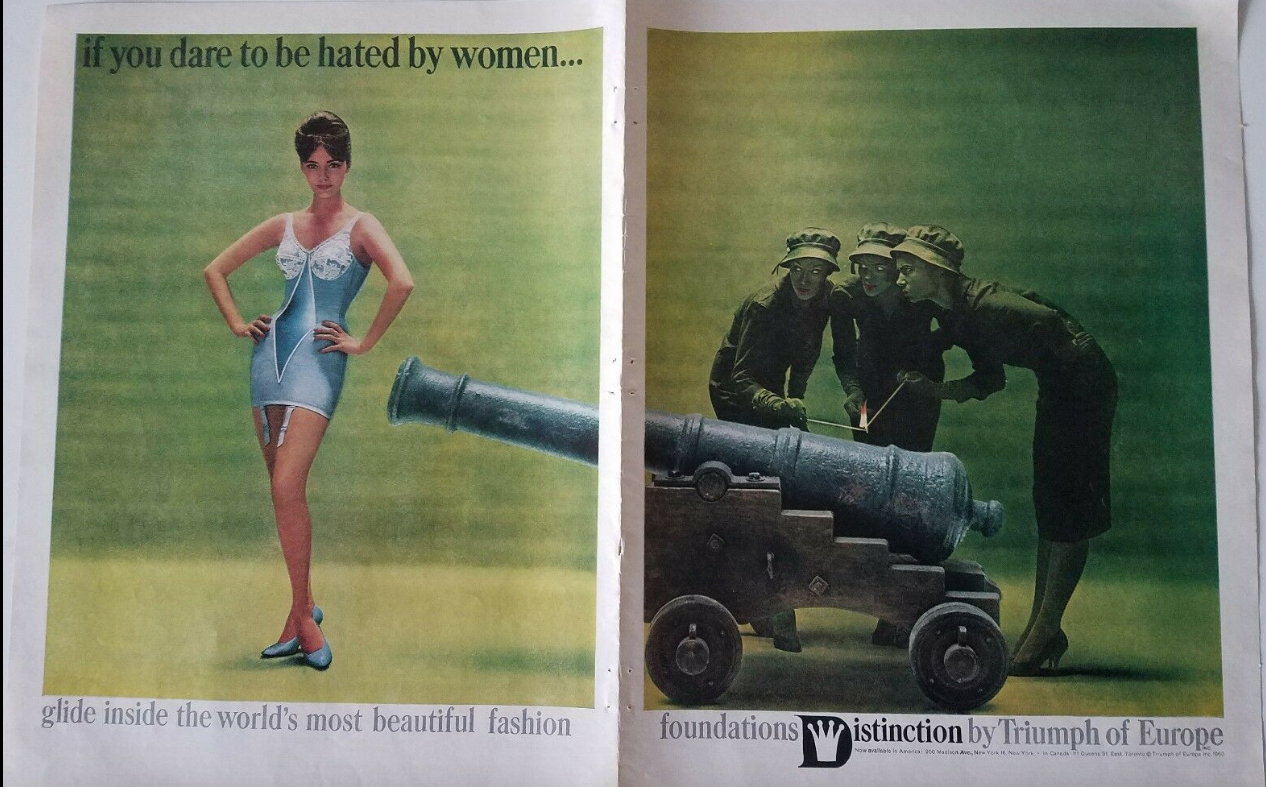
UPDATED: the source.
Posted By: Paul - Fri Jun 12, 2020 -
Comments (3)
Category: Business | Advertising | Emotions | Underwear | 1960s









